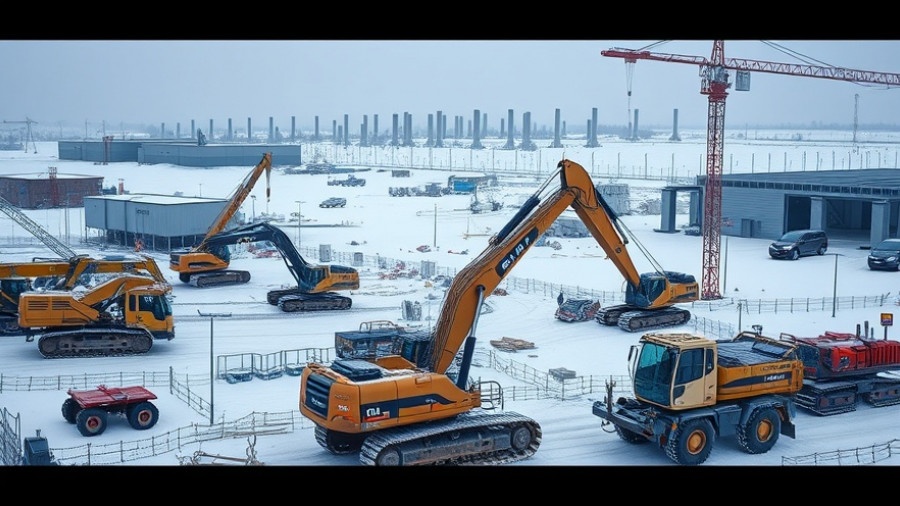
The Real Barrier to Jobsite Safety: Understanding Resistance
In the dynamic world of construction, the complexity of maintaining safety standards is often misdiagnosed. A report revealed that the greatest impediment to safety isn't ignorance but deeply ingrained resistance within workplace cultures. Many construction professionals know that safety procedures are vital, yet compliance falters not due to a lack of understanding, but because of a systematic pushback against change.
Why Safety Knowledge Isn’t Enough
To the untrained eye, safety protocols might appear clear; however, the true challenge lies in instilling a mindset that values them. Resistance manifests in subtle ways, from side conversations among team members to non-verbal cues such as eyerolls. Such behaviors, often dismissed as defiance, actually represent a lack of trust in the system when changes roll out without adequate context. To foster a genuine commitment to safety, leaders must reposition resistance as an opportunity for dialogue rather than insubordination. Engaging workers in constructive conversations about what new measures feel cumbersome can yield insights into their concerns and apprehensions.
Reflecting Safety Through Leadership Actions
Leaders in construction must embody safety practices instead of merely stating them. If team members witness foremen neglecting to adhere to safety guidelines, the loose adherence to these practices becomes the standard. Leading by example not only earns trust but also cultivates a consistent culture where safety is prioritized. Actions speak louder than words, and when safety becomes a visible part of the leadership's routine, it can significantly transform team dynamics towards a more secure workspace.
Conclusion: Building an Authentic Safety Culture
To truly protect crews, the call to action is clear: let go of outdated habits that permit risky behavior. Embrace proactive communication to tackle resistance head-on— because when teams feel heard and valued, compliance transitions into long-lasting commitment. This paradigm shift demands an unwavering commitment from leaders to demonstrate that safety practices are not mere boxes to check off but are integral to the very fabric of workplace identity.
 Add Row
Add Row  Add
Add 




Write A Comment